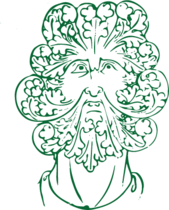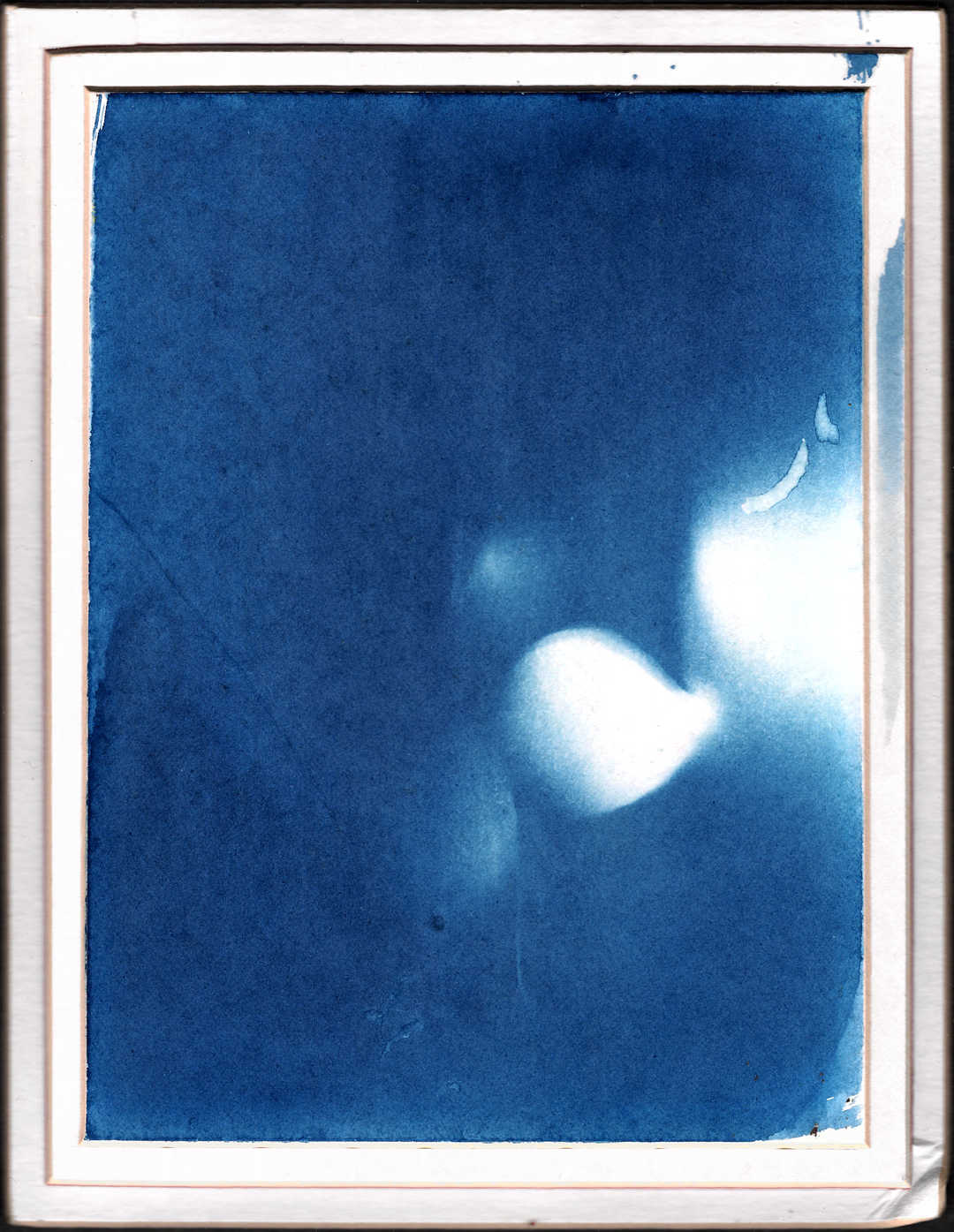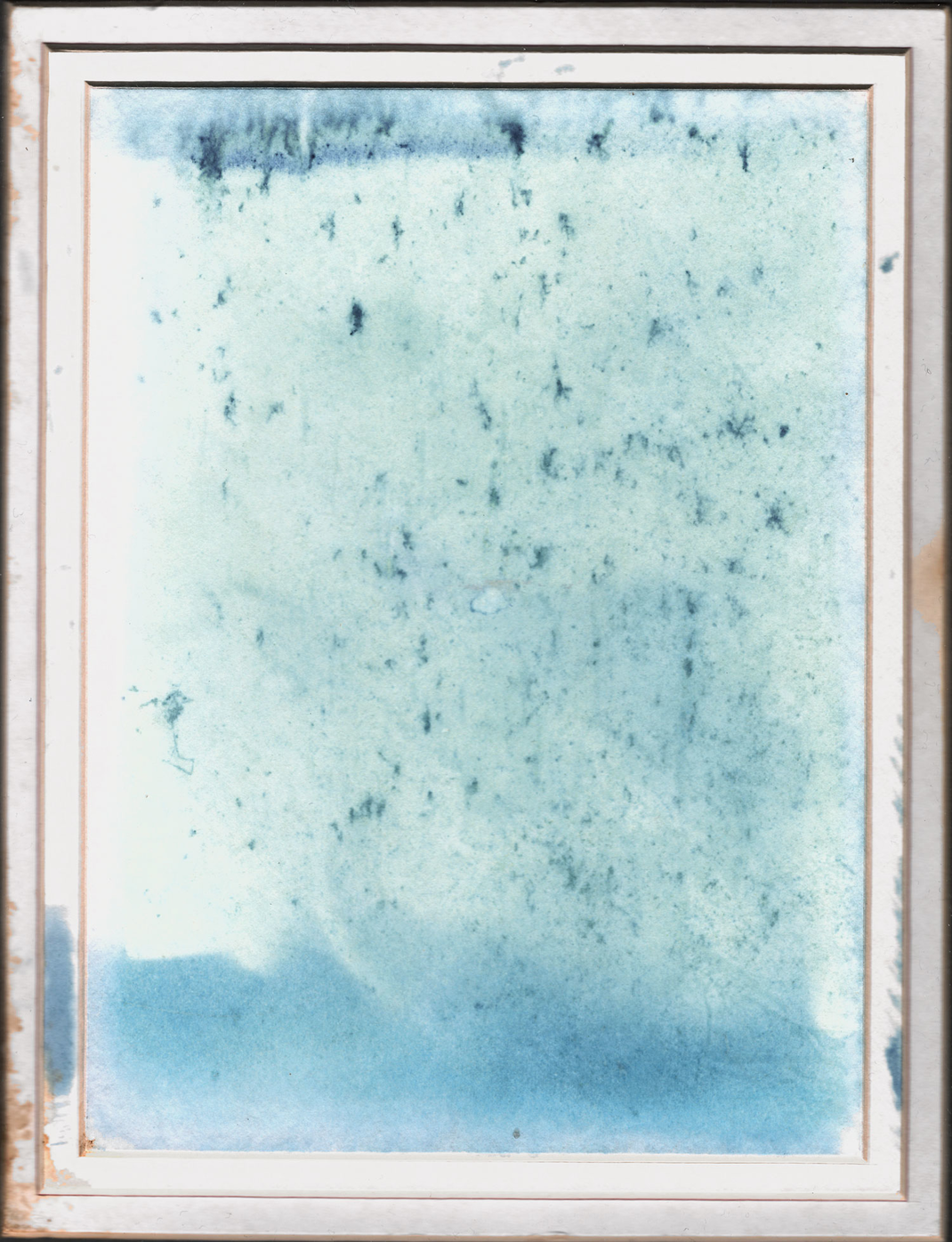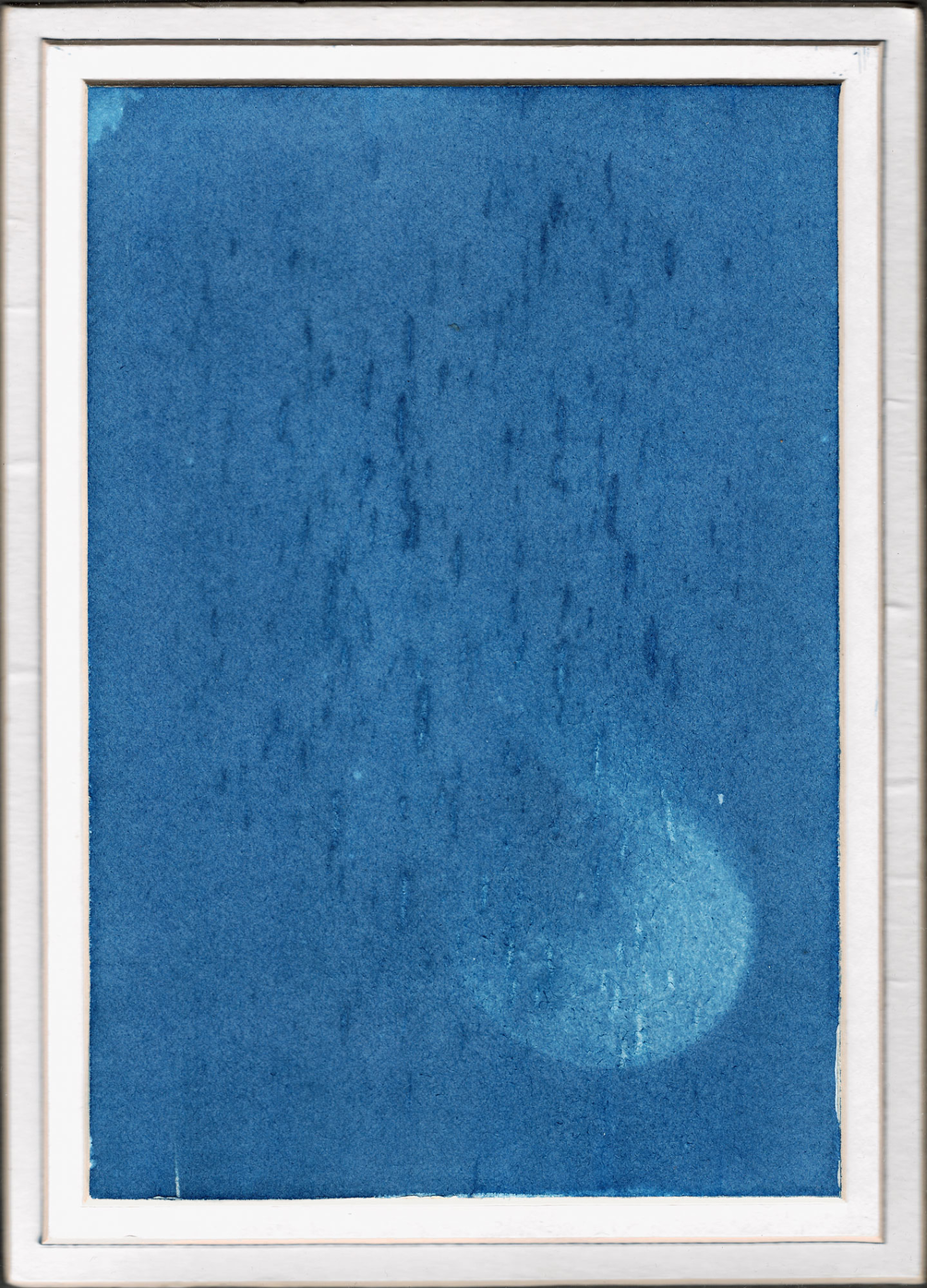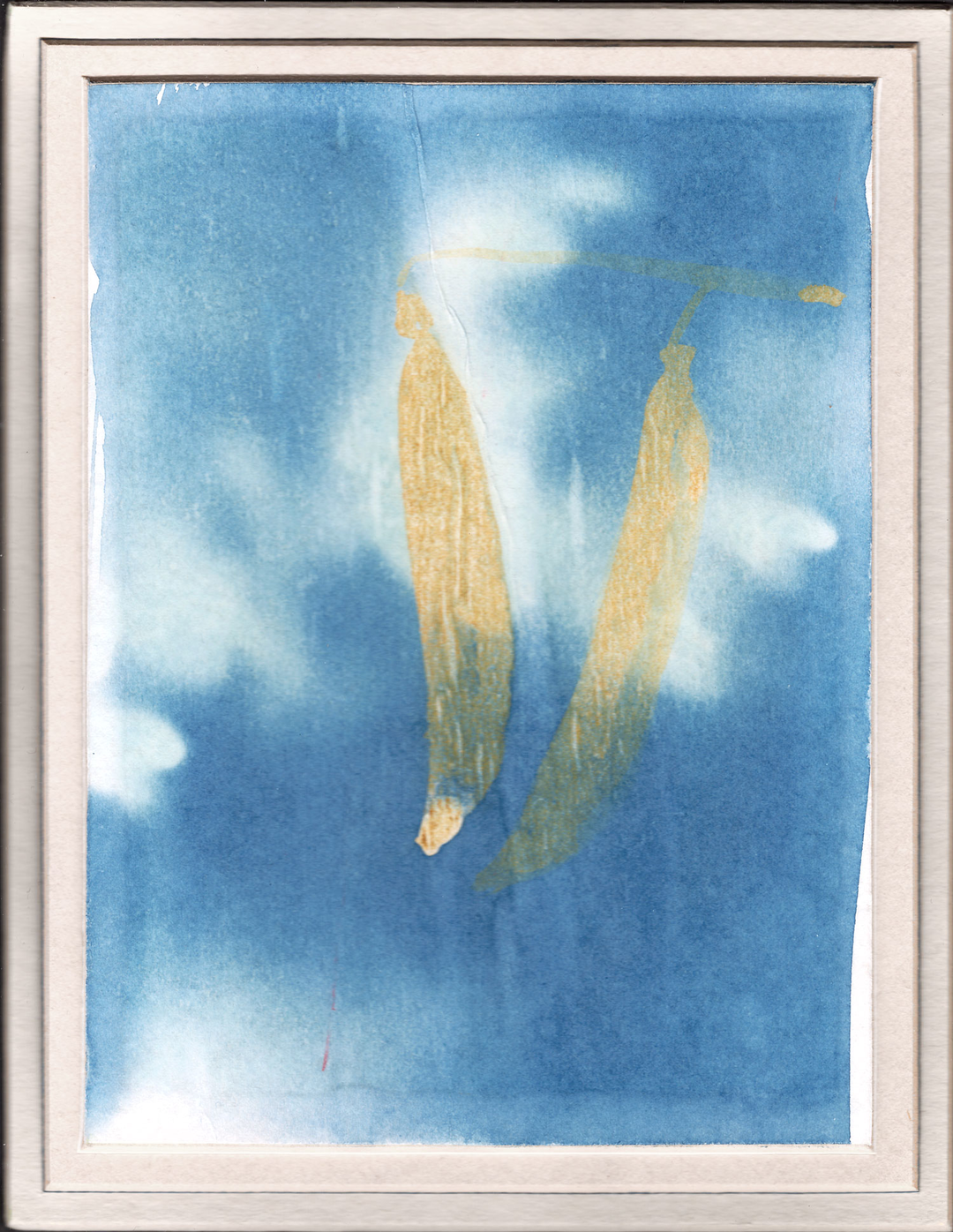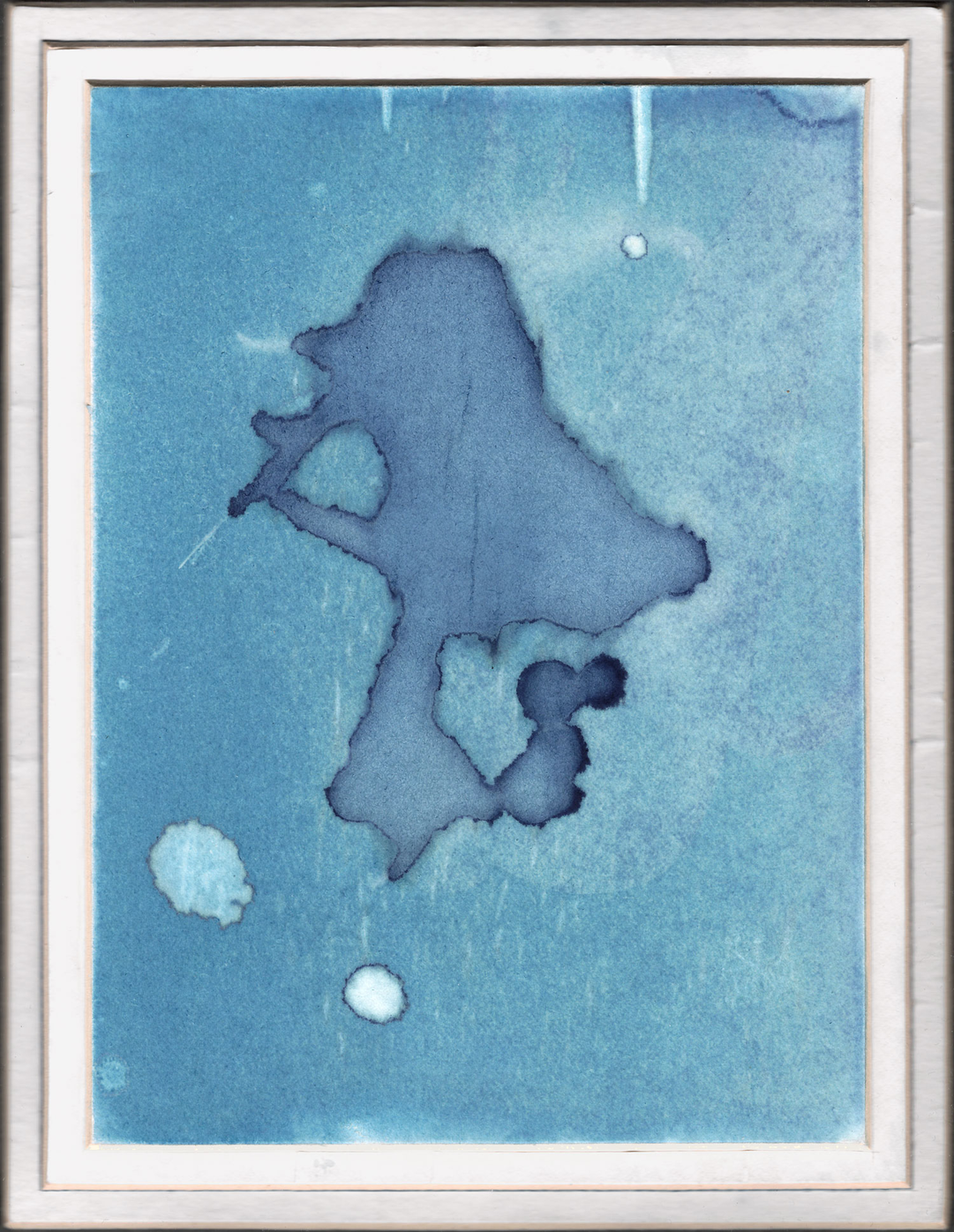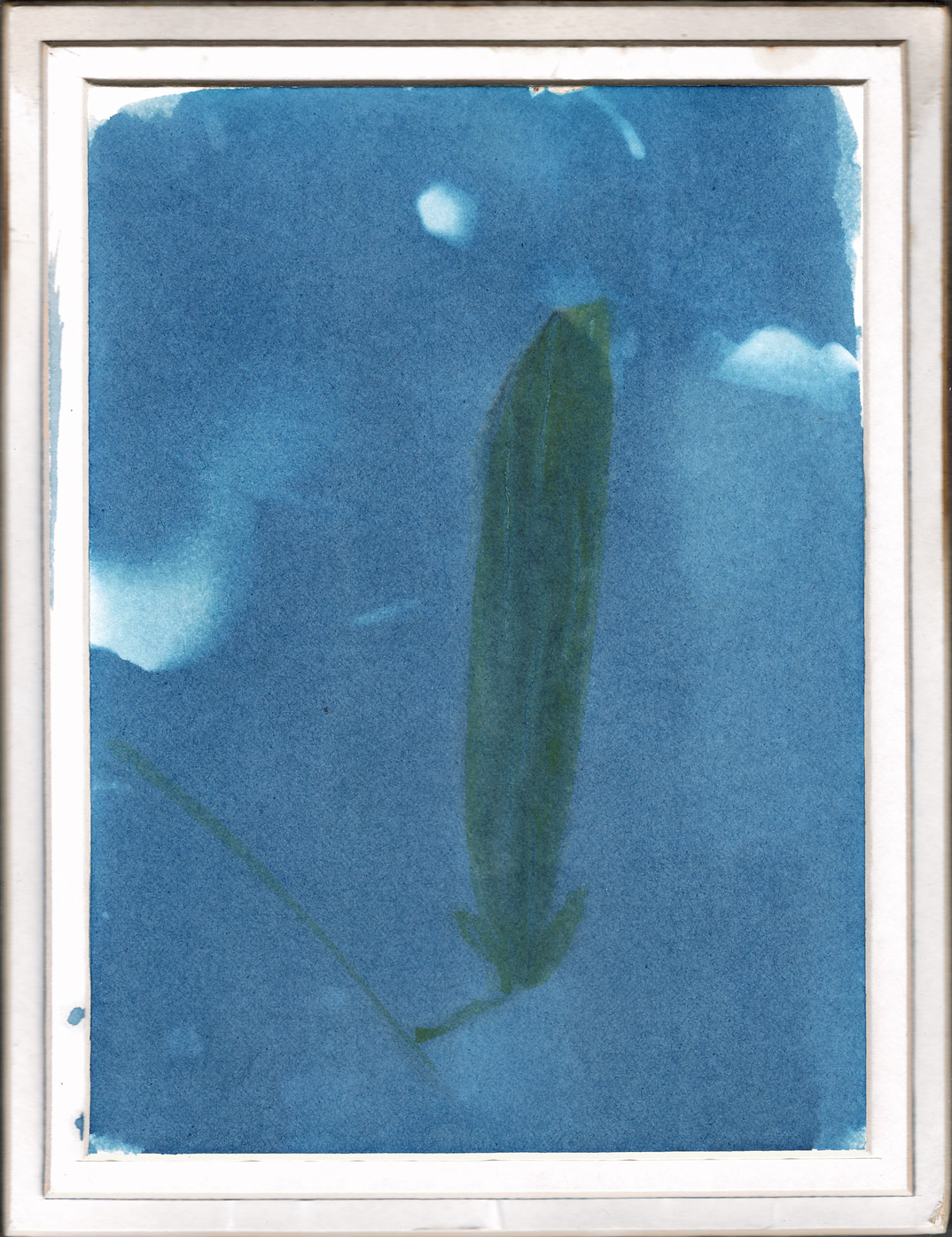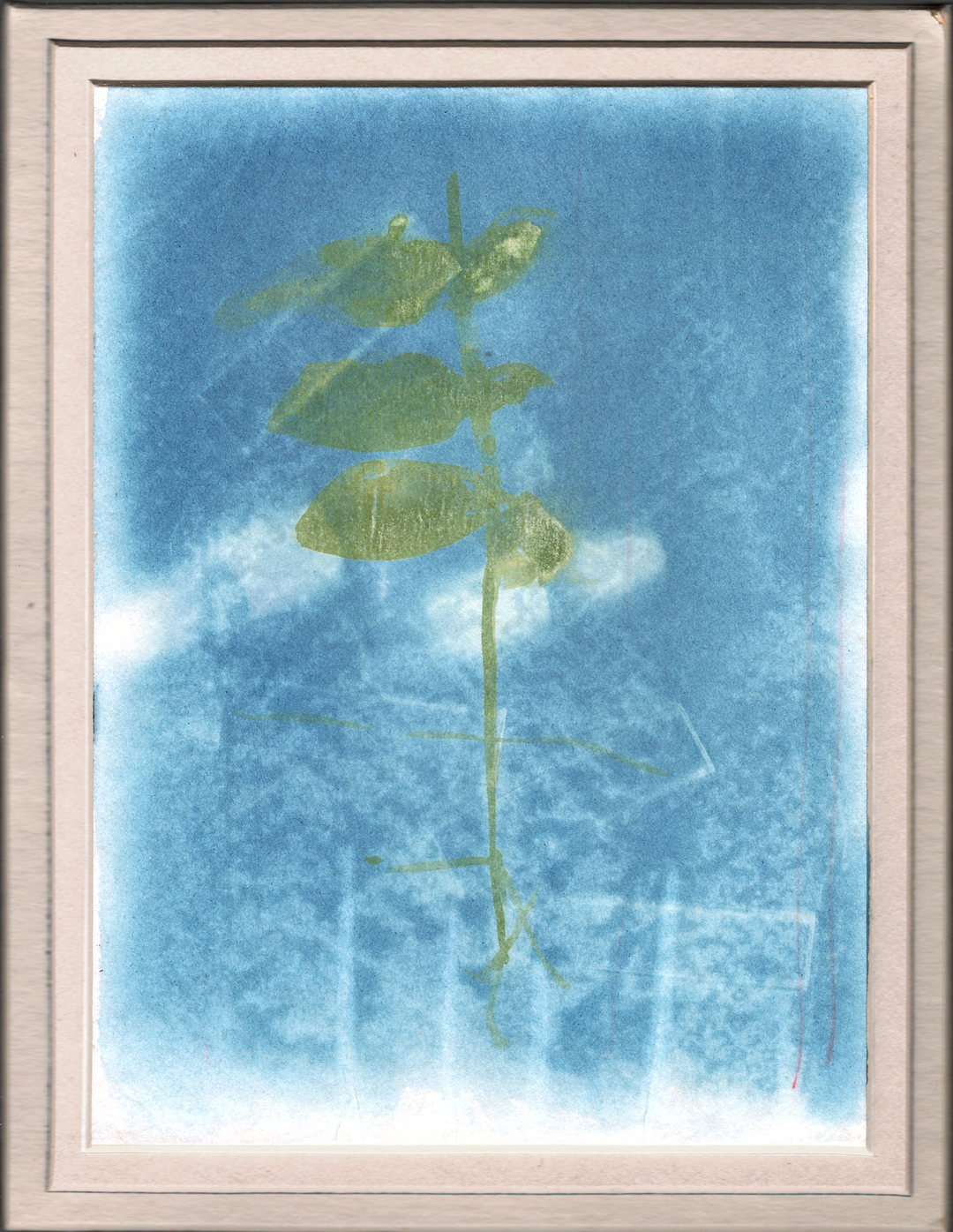Photographs of British Algae: Cyanotype Impressions
Photographs of British Algae (external link) is a masterpiece in the history of the photo book by the British botanist and photographer Anna Atkins (external link). Atkins was associated with the inventor of the cyanotype process Sir John Herschel (external link) and she published the book the year after its invention in 1843, depicting more than 600 different species of algae.
Algae are aquatic plants growing in marine environments. Their photosynthetic ability is derived from cyanobacteria. Algae are estimated to account for about 73–87% of global oxygen production. Several species of cyanobacteria are toxic, and in algal blooming a mushy mass of cyanobacteria accumulates along coasts and beaches.
Herschel, experimenting with light-sensitive substances like silver nitrate, found that iron salts such as ammonium ferric citrate and potassium ferricyanide, when exposed to sunlight, render a saturated Prussian blue exposure. Its concentration of cyanides is harmless, but the substance marks a toxic and dark material base. Exposed areas remain white, leaving a bluish-white negative image.
This photochemical process was used for copying, hence the name blueprint. Anna Atkins utilized the technique to print her books in a contact sheet fashion. Cyanotype has revived recently, coinciding with the loss of photography and the return of matter. The artist Timo has also used cyanotypes to illuminate hybrids in a horizontal darkroom – the solarium.
